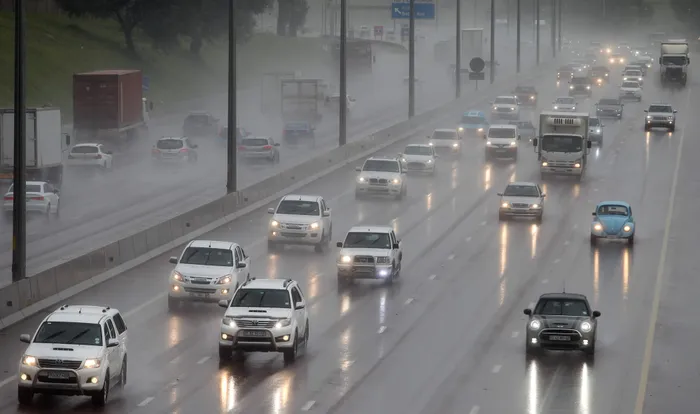New vehicle sales stumble in August

Naamsa said that the weak performance of the passenger car market reflected the impact of rising costs of living. Picture: Jacques Naude, African News Agency (ANA)
As South Africans continue to deal with the high cost of living in the country, new vehicle sales fell to the biggest year-on-year decline in sales since December 2021.
According to figures released by Naamsa the automotive business council, South Africa’s new vehicle sales fell 3.1% in August to 45 679, the biggest year-on-year decline in sales since December 2021.
Naamsa said that the weak new vehicle sales performance underlined the ongoing stressed business and consumer environment in the country given that negative economic considerations still greatly outweigh positive ones.
The council reported that aggregate domestic new vehicle sales in August 2023, at 45 679 units reflected a decline of 1 476 units, or a fall of 3.1%, from the 47 155 vehicles sold in August 2022.
Export sales recorded an increase of 10 405 units, or 33.5%, to 41462 units in August 2023 compared to the 31057 vehicles exported in August 2022.
Overall, out of the total reported industry sales of 45 679 vehicles, an estimated 38 292 units, or 83.8%, represented dealer sales, an estimated 12.2% represented sales to the vehicle rental industry, 2.8% to industry corporate fleets, and 1.2% sales to government.
The August 2023 new passenger car market at 28951 units had registered a decline of 2064 cars, or a loss of 6.7%, compared to the 31015 new cars sold in August 2022.
The car rental industry supported the new passenger car market during the month and accounted for a sound 16.2% of sales in August 2023.
Domestic sales of new light commercial vehicles, bakkies and mini buses at 13 652 units during August 2023 had recorded an increase of 363 units, or a gain of 2.7%, from the 13 289 light commercial vehicles sold during August 2022.
Sales for medium and heavy truck segments of the industry reflected a positive performance during the month and at 702 units and 2 374 units, respectively, showed an increase of 2 units, or 0.3% in the case of medium commercial vehicles, and, in the case of heavy trucks and buses an increase of 223 vehicles, or a gain of 10.4%, compared to the corresponding month last year.
Commenting in the results, Lebo Gaoaketse, the head of marketing and communication at WesBank, said: “August’s negative growth shouldn’t dismay completely.”
“New vehicle sales have defied the odds in their slow recovery since the pandemic,” said Gaoaketse.
“Given the tough economic conditions, consumers have been under immense budget pressure since 2020. Consequently, two major trends impacted car purchasing behaviour: the pre-owned market boomed in the face of affordability; or consumers held onto their cars for longer rather than upgrading,” Gaoaketse said.
Naamsa said that the weak performance of the passenger car market reflected the impact of rising costs of living and lower disposable income on consumer sentiment and the ability to be active in the new vehicle market.
“Affordability along with delayed replacement cycles appear to be driving new vehicle sales. On the positive side, the significantly less daytime load shedding since June 2023, interest rates that were put on hold in July 2023 for the first time since November 2021 and inflation now firmly falling within the 3% to 6% target band, have been providing some relief for consumers,” the council said in its report.
“However, energy and logistical constraints remain binding on the domestic economic growth outlook, limiting economic activity and increasing costs. Although the SA Reserve Bank has slightly increased its forecast for South Africa’s GDP (gross domestic product) growth from 0.3% to 0.4% for 2023, the medium-term outlook for business conditions in the new vehicle market continue to reflect subdued demand for high-priced items such as vehicles, which correlates with a stagnating domestic economy,” Naamsa further stated.
BUSINESS REPORT